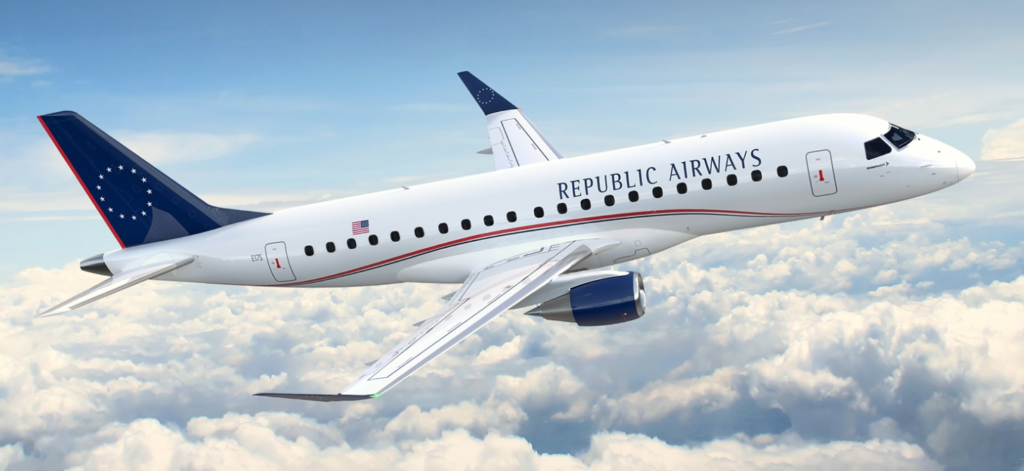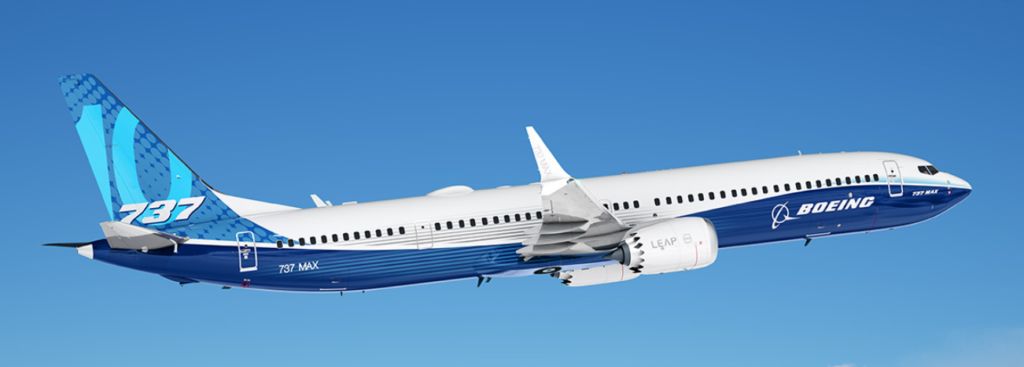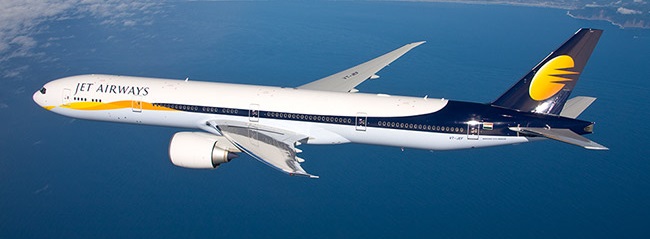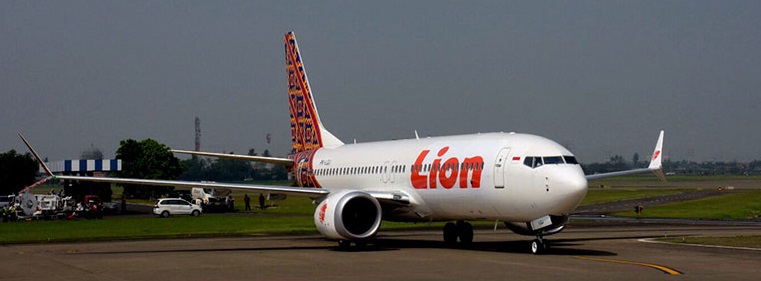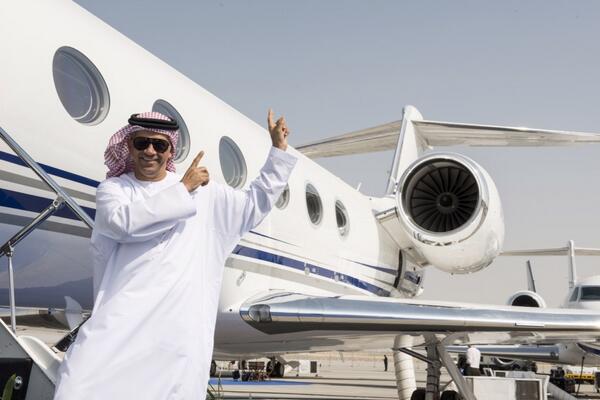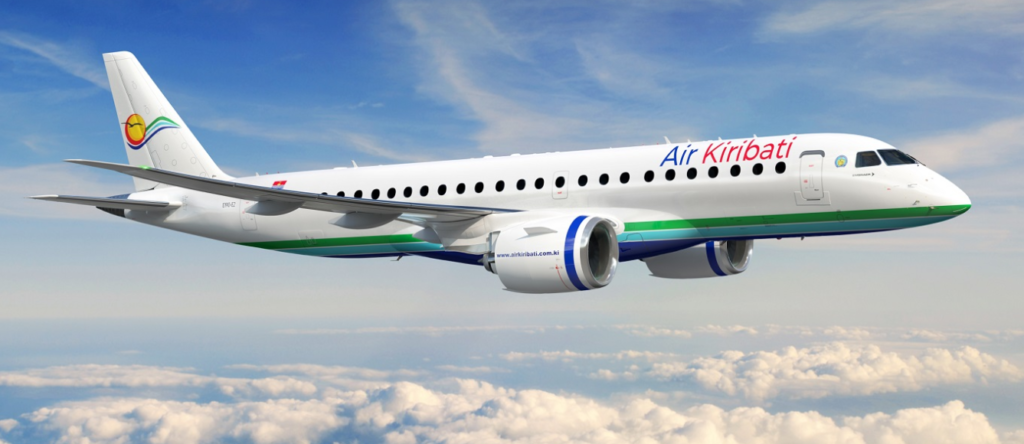Embraer Presents Preliminary Forecast for 2019 and 2020
São José dos Campos, Brazil, January 16, 2019 – Embraer today presents its preliminary forecast for 2019 and 2020 at a meeting with investors at the New York Stock Exchange (NYSE). For 2019, Embraer expects…
